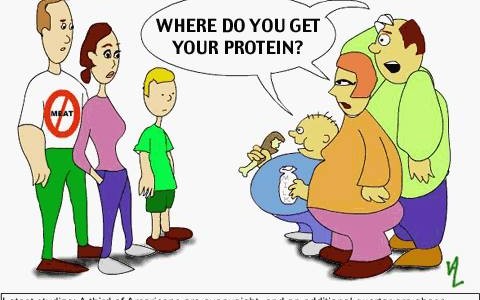A representative of Soligent recently passed along an interesting note regarding a US movement away from solar PPAs and leases. Basically, as solar costs have dropped and banks have warmed up to solar, it has become more and more attractive for homeowners to go solar with cash or a bank loan. That trend is expected to continue. In the following Soligent graph of a home in California, you can see how different options turn out for customers over the course of several years.

I’ve previously looked at solar leasing/PPAs vs financing a solar system via a loan vs buying outright with cash and have found a split between leasing/PPAs and getting a loan (buying outright is always better in the long term, but that’s without considering opportunity cost). However, that was just a look at 10 houses in 10 different cities. Furthermore, it was a snapshot, rather than a look at prevailing trends.
Along the same lines as Soligent’s point above, analyst Travis Hoium on Motley Fool recently noted that SolarCity seems to be seeing a bigger % of its business coming from sales despite preferring to do leases.
Travis writes:
I think cash or loan sales will become ever more common in the future, particularly as costs fall. If a consumer buys a system, he can keep the tax benefits as well as all of the cost savings from going solar. As solar loans become more prevalent, we’ll see rates fall to somewhere near SolarCity’s securitization deal, meaning homeowners will be able to take advantage of solar financing without giving ownership out to someone else.
I also think we’ll see installers compete on cost of installation as the number of installers grow, which will cut margins. It’s far easier to compare two cash offers from installers than a 20-year lease to a fixed cost to install a system, which may be the case today. Since SolarCity has better infrastructure in financing, it can offer better rates on leases, expanding margins, but won’t have the same advantage competing for cash sales.
No disagreement here, which is one reason why I’ve bought stock in SunPower but not SolarCity. Specifically regarding that topic, Travis writes:
That’s why I see SunPower, which makes the industry’s most efficient panels and sells through partners, and RGS Energy, which offers a suite of sale options, as better values in the current marketplace. With a $6 billion valuation, SolarCity is priced as if it will generate $2 in value from installations for years to come, but I think that number will fall, particularly as cash sales increase.
If the shift away from leases does happen, SunPower and RGS Energy will be better able to compete and offer more upside for investors with $4 billion and $200 million market caps, respectively.
SunPower is already profitable, RGS Energy expects to be EBITDA positive in Q4, and SolarCity is still losing money quarter after quarter and can’t generate positive margins on cash sales today. You’d have to assume leases continue to grow and margins remain high to think SolarCity is a value today and that’s not the way I think the market is headed.
To back up this one analysts thoughts and words on a potential shift away from solar leasing & PPAs, here’s a recent graph from GTM Research on the flattening out of these options as a percentage of all residential solar installations over the past few years:

Interesting stuff. But third-party solar is still clearly dominant. We’ll be keeping an eye on these things in the months and years to come.
Are Solar Leasing & PPAs Going To Suffer From Maturing Solar Market? was originally published on Solar Love!.







